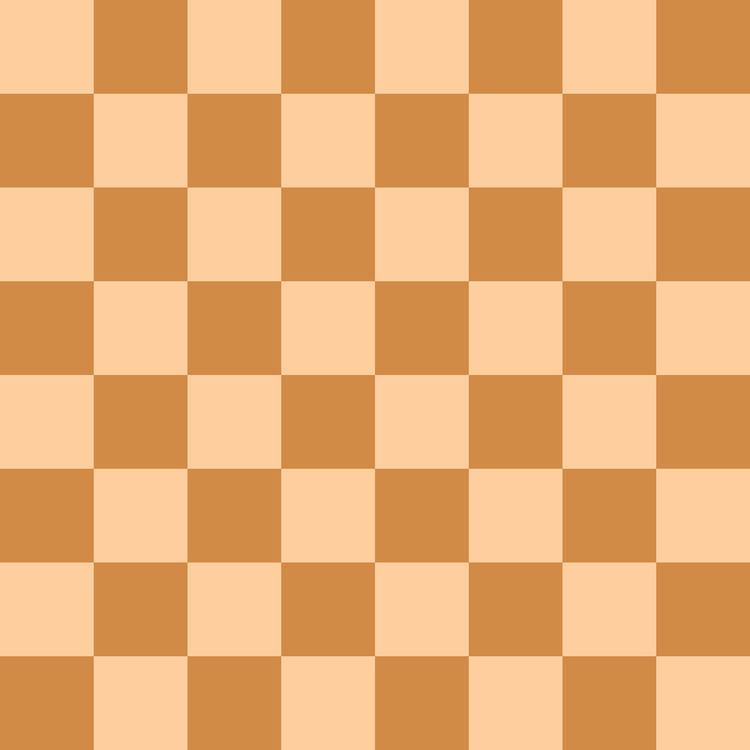 | ||
The Maróczy Bind ([ˈmɒroːtsi]) is a pawn formation in chess, named after the Hungarian grandmaster Géza Maróczy and primarily, but not exclusively, played against the Sicilian Defence. It is characterized by white pawns on c4 and e4, with White's d-pawn having been exchanged for Black's c-pawn.
Contents
White's c- and e-pawns control the d5 square, making it difficult for Black to free his position with ...d5; Black often settles for the less active ...d6 instead. Black often employs a Hedgehog formation against the Bind.
History
The first game known to feature the Maróczy Bind was Swiderski–Maróczy, Monte Carlo 1904. Oddly, no games are known where Maróczy played it as White. However, the 1906 March–April issue of the Wiener Schachzeitung reproduced from Magyar Sakklap Maróczy's annotations to the game Tarrasch–Marshall, Nuremberg (match) 1905 (which began 1.e4 c5 2.d4 cxd4 3.Nf3 a6 4.Nxd4 g6 5.Be2 Bg7 6.Nc3 Nc6). "On four consecutive moves (moves 3–6) Maróczy stressed the value of the move c4."
For several decades, it was generally considered tantamount to a positional blunder for Black to allow the Maróczy Bind. For example, Harry Golombek, in Capablanca's 100 Best Games of Chess (1947), gave a question mark to Black's fourth move in the line 1.e4 c5 2.Ne2 d6 3.d4 cxd4 4.Nxd4 g6, a form of the Accelerated Dragon variation of the Sicilian Defence, stating that 4...Nf6 was "necessary" to make White block his c-pawn with 5.Nc3 and thus avoid the Bind. Golombek gave an exclamation point to 5.c4, establishing the Bind, explaining "This strong move gives White control of the centre and Black must grovel about to find a counter-attack." Reuben Fine, writing in 1948, also considered the Bind very strong for White.
Beginning in the 1950s, the Maróczy Bind became less feared as new methods were found for Black to combat it. The ninth edition of Modern Chess Openings (1957) stated that Black had "worked loose" from the strictures of the Bind. Larry Evans wrote in the tenth edition (1965) that in response to the Accelerated Dragon, the Maróczy Bind "was once considered a refutation but now has lost much of its punch. White retains an advantage in space but Black's position is fundamentally sound." That remains the prevailing view, but some recent writers still emphasize that Black must find active counterplay or else be "strangled". However, John Nunn and Joe Gallagher observe:
Although the Maroczy Bind is slightly passive for Black, players such as Larsen, Petursson and Velimirović have shown that by patiently waiting for a lapse of concentration from White this line can offer winning chances for Black. The theoretical opinion is that White should maintain a slight advantage, but no one should believe that this is a line in which White cannot lose.
Common opening lines
Common opening lines that reach a Maróczy Bind position include:
